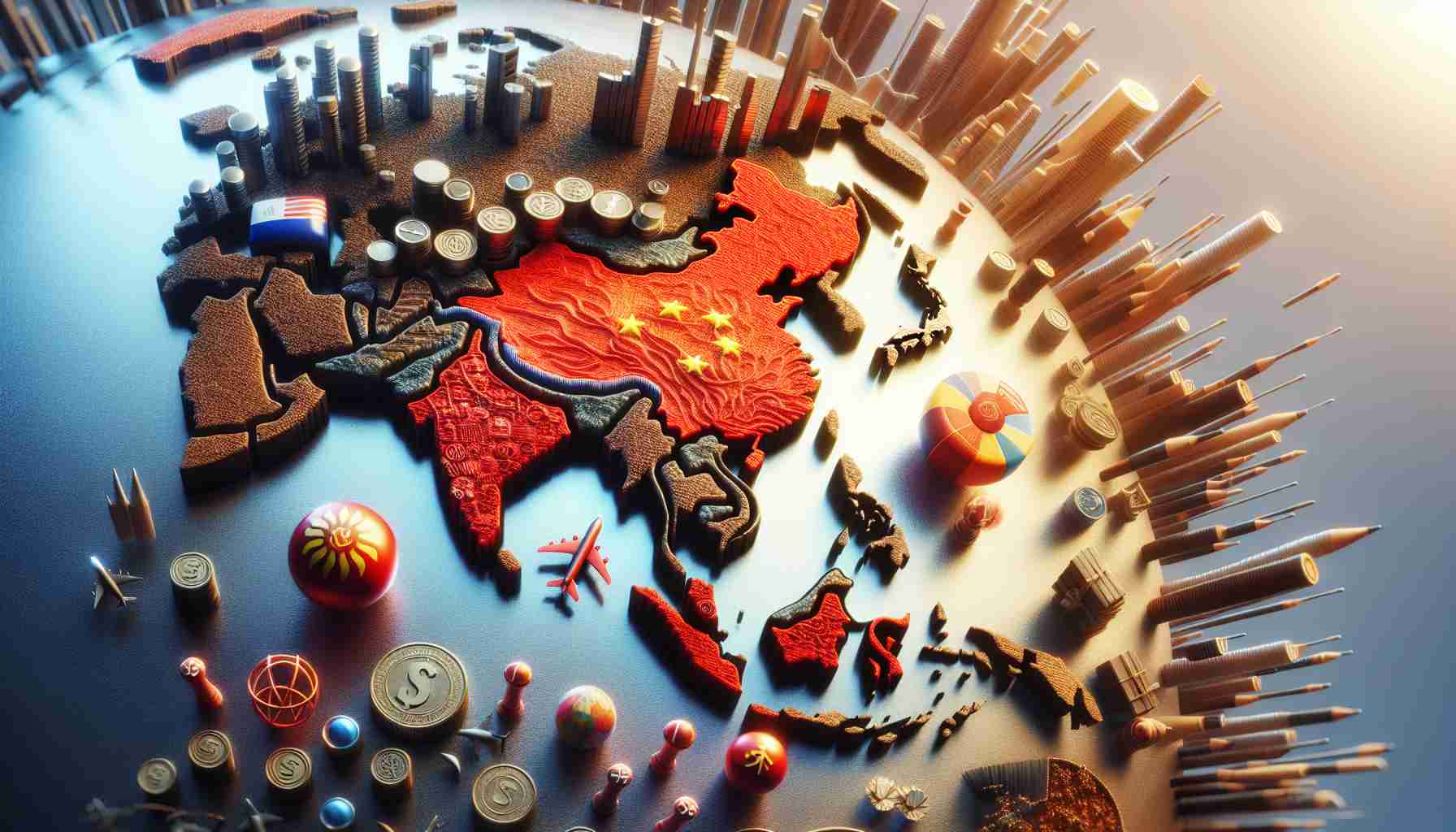In a groundbreaking announcement, the Iranian Space Research Center has revealed the successful creation of incredibly detailed satellite images, achieving resolutions of 35 to 45 centimeters. This significant milestone was made possible through the capabilities of the Khayyam satellite and innovative collaboration with local tech firms.
At the forefront of this achievement, Hassan Salarieh elaborated on the impressive methodology used. By employing an advanced pixel-breaking technique and meticulous processing, the team generated these images without relying on external data sources, which marks a substantial leap in Iran’s space technology.
Salarieh emphasized the impact of these high-quality images, noting their potential to greatly enhance key areas such as natural resource management, agricultural monitoring, urban planning, and environmental assessments. He highlighted their cost-effectiveness and swift production timelines compared to foreign alternatives, further stressing the competitive edge they provide.
With this advancement, Iran aims to reduce its dependence on international satellite data, thereby strengthening its domestic information and communication technology landscape. Salarieh proudly stated that the Iranian Space Research Center is now recognized as a regional leader in high-resolution satellite data production, fostering collaboration among educational institutions and industries.
As demand for top-tier data continues to grow across various sectors, Salarieh concluded that ongoing investment in research and development could position Iran as an exporter of cutting-edge satellite imaging technology. In recent developments, Iran successfully launched two domestically developed satellites, further showcasing the nation’s burgeoning space industry.
Iran’s Satellite Success: A Game-Changer for Nation and Neighbors
Expansion of Space Technology Impacting Society
The recent advancements in Iran’s satellite technology, marked by the detailed satellite images from the Khayyam satellite, not only signify an achievement for the nation but also usher in potential shifts in the dynamics of the Middle East. With resolutions of 35 to 45 centimeters, these images provide a richer insight into the region’s landscape and resources than ever before. This technological leap suggests that Iran is positioning itself to play a more pivotal role in various crucial sectors.
Economic Repercussions
The establishment of a local satellite data production capability can ignite economic growth by fostering numerous industrial opportunities. It can support businesses involved in agriculture, urban development, and environmental monitoring, creating thousands of jobs. What’s more, the potential for export could bolster Iran’s economy at a time when it is exploring alternatives to traditional oil revenue. However, this also raises questions about wealth distribution, as investments in technology do not always trickle down to marginalized communities.
Geopolitical Controversies
The advancements in satellite imaging technology do not come without controversy. Many neighboring countries view Iran’s burgeoning space capabilities with suspicion, fearing military applications and potential threats to regional stability. The ability to generate detailed images could offer tactical advantages, spurring an arms race in space technology among Middle Eastern nations. The question arises: will this lead to increased tensions or stimulate cooperative initiatives for peaceful uses of such technologies?
Scientific Collaboration and Research Growth
On a positive note, the Iranian Space Research Center’s collaborations with local tech firms signal an encouraging trend towards scientific partnership and innovation within the country. This could result in enhanced educational opportunities in STEM fields, fostering a new generation of scientists and engineers. However, without systematic support for academic freedom, innovation may be stifled by bureaucratic constraints.
Global Satellite Landscape
Iran’s success may redefine the global satellite imaging market. As nations increasingly lean towards autonomous satellite capabilities for data security, Iran’s cost-effective solutions could appeal to other countries looking to lessen dependency on Western nations. This scenario wouldn’t just impact Iran, but could reshape the global balance of satellite technology, stirring competition and possibly leading to new alliances.
Questions and Answers
Q: How will these advancements affect Iran’s military capabilities?
A: Increased satellite capabilities can enhance surveillance and reconnaissance potential, potentially altering regional military dynamics.
Q: Will this technology be accessible to civilian sectors?
A: Yes, the Iranian Space Research Center aims to use this technology for various civilian applications, including agriculture, urban planning, and environmental monitoring.
Q: What measures are in place to prevent misuse of this technology?
A: While Iran promotes peaceful use in academic and civilian sectors, international scrutiny and internal regulations will play crucial roles in governance.
In conclusion, Iran’s strides in satellite technology present a dual-edged sword: while they promise significant benefits in various sectors and potential economic growth, they also pose risks related to regional tensions and the militarization of space. As the world keeps a close watch on these developments, the need for ethical frameworks and international dialogue is more crucial than ever.
For more information on global satellite technology, visit NASA.












